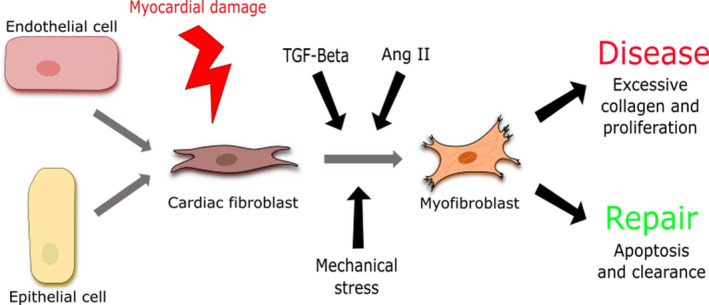Figure 1. Resident cardiac fibroblasts (cFbs) derive from endothelial‐to‐mesenchymal or epithelial‐to‐mesenchymal transition.

Injury to the myocardium initiates signaling pathways that trigger the activation of cFbs to myofibroblasts (MyoFbs). Loss of structural integrity via cardiomyocyte (CM) death also creates mechanical stress that mediates cFb to MyoFb activation. Consequences of MyoFb activation vary between repair and disease processes. There are multiple mechanisms for activation, including mechanical stimuli and paracrine factors, such as transforming growth factor‐β (TGF‐β) and angiotensin II (Ang II), from a variety of different sources, such as CMs and the cFbs themselves. 28 , 43
